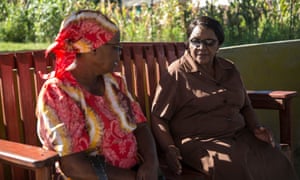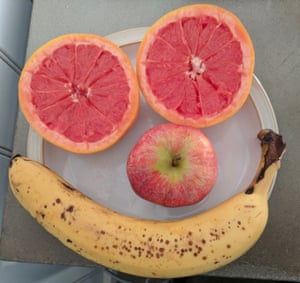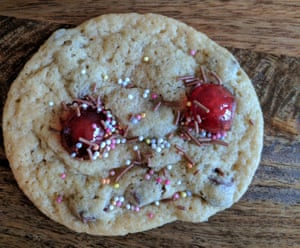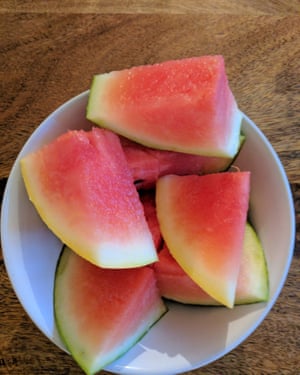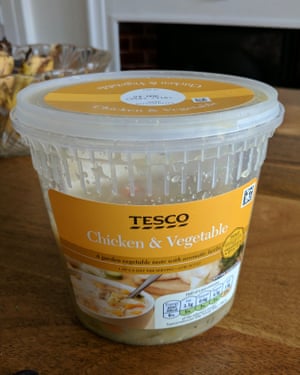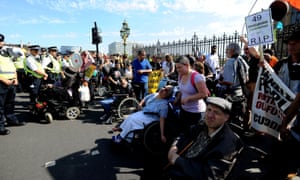I’m coming to terms with a life that I wasn’t expecting after 20 years of marriage and am struggling to find a route to a new life. My wish is to live by the coast, about 70 miles from our current home.
My husband and I have come through infertility and eight rounds of IVF without children (adoptions and alternatives have been explored). He is nearly 20 years older than me; I am in my mid-40s, and scared of the menopause robbing me of more of my identity. I don’t necessarily consider myself to be over our loss, but I try to be accepting. Yet it has changed our lives in an unbalanced way. He says that children would have been a bonus, which does relieve the pressure but makes me feel lonely in my recovery. To me, it meant more: the validation of being female, and a space in my heart is missing.
I feel that I’m living a life haunted by what might have been. Our house, bought before we started treatment, has many bedrooms, and my job doesn’t have any career prospects although it is in a field I enjoy. I know that it is time to move on and I could work freelance. My husband thinks that I should stay for the security and the benefits, and his worries are contagious, but I don’t know to whom I would leave my worldly goods if I should die after him.
I yearn for peace and quiet, having also been diagnosed with mild autism. When we go on holiday with our dogs, I find the peaceful places so much better for my state of mind. Walking on beaches is accessible and a rare pleasure for me. I struggle at home in mud and frost.
My husband wishes to stay where we are: he enjoys the city, has friends here and goes to sporting events every weekend. I feel resentful often. While my husband has said he will move, it is said grudgingly. I think life is too short and wish I could make him see that we do have more choices than for me to sit at home on antidepressants.
Yet each time we go away, I ruin the holiday with panic attacks about going home to a life in which I feel lost.
I’m sorry about your failed rounds of IVF: in your longer letter, you called it a trauma but you reduced all of it, pretty much, to a single sentence. Yet its impact, not surprisingly, colours the whole of your letter. The other thing that permeated your letter was identity; you talk of it a few times, once directly. I wonder if you feel that, without the children you planned to have, you don’t know who are.
Barbara Levick, a psychoanalytic psychotherapist (bpc.org.uk), feels that you have had “repeated disappointments” and that “perhaps [not surprisingly], you have real difficulty overcoming the loss. How important is the lack of children to you? It seems a major disappointment, but the catastrophic nature of it is not shared by your husband.”
Or perhaps it is, but there didn’t seem to be a sense of you both having really talked about how you feel. Certainly, I felt you hadn’t told your husband about how you feel. I got the impression of two people, living together in this big house, but locked away in their own worlds.
I kept feeling there were little screams of, “What about me, what about me?” all through your letter. What about you? When do you get to do what you want, say how you really feel? I’m a big fan of good therapy, and I would urge you to hunt some out just for yourself (start with your GP). You need a place where you can talk about how you really feel, and discuss what you really want. “People who are mildly autistic,” says Levick, “can really benefit from some one-to-one work.”
Levick also has the feeling that you have difficulty getting what you want, and wonder why that might be. “I think you need to get yourself doing more of what you like,” she says.
Even without what you have been through, what you want doesn’t seem so very much – a move 70 miles away, to live by the sea, to be able to take good walks. You are not asking for something impossible.
Levick explains that sometimes we don’t do things because guilt or fear hold us back in unconscious ways. I would add that we make excuses for what we can’t do and then we can become so used to those excuses that we start to believe them. Levick feels you are “stuck in concrete”.
I wonder if you could rent a little property by the sea? I wonder how close you could come to making things more into what you need/want? And instead of coming up with reasons why not, think “how could I make this happen?”
Your panic attacks are interesting – talking very generally (and not specifically about you), Levick says that “panic attacks are about [suppressed] aggression. We all have to manage our aggression somehow and it’s a positive thing, it keeps us going. But some children growing up maybe aren’t allowed to express their aggression and then, later, if there are circumstances where the person feels very, very angry that can come out as a panic attack.”
I wonder if any of that resonates with you?
Your problems solved
Contact Annalisa Barbieri, The Guardian, Kings Place, 90 York Way, London N1 9GU, or email annalisa.barbieri@mac.com. Annalisa regrets she cannot enter into personal correspondence.
Follow Annalisa on Twitter @AnnalisaB
I’m childless and lonely. I feel moving would help, but my husband isn’t keen
